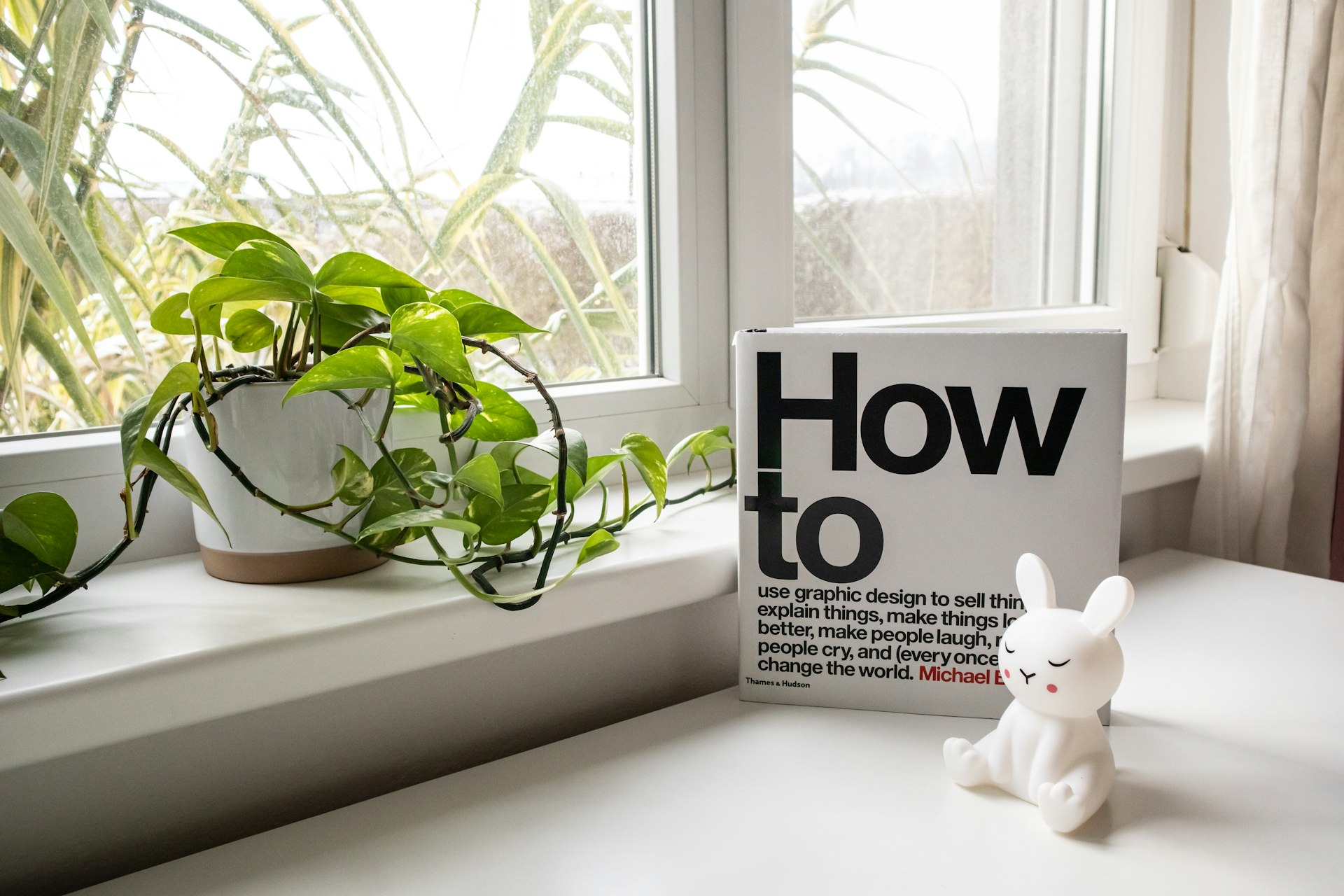Your Complete Guide to Planting an Edible Wildflower Meadow: Steps, Varieties, and Practical Tips

Photo by Kristine Tumanyan on Unsplash
Introduction: Why Plant an Edible Wildflower Meadow?
Creating an edible wildflower meadow offers ecological, aesthetic, and culinary rewards. These meadows attract pollinators, improve soil health, and provide edible flowers and foliage for your kitchen. Whether you want to boost biodiversity, support pollinators, or enjoy fresh, homegrown garnishes, establishing an edible wildflower meadow can be a sustainable and fulfilling garden project. This guide delivers actionable, step-by-step instructions, examples, and alternative approaches for every stage of the process.
1. Planning Your Edible Wildflower Meadow
Start by assessing your site’s conditions . Most wildflowers and edible species prefer full sun (at least six hours daily), well-drained soil, and minimal existing weed pressure. Measure your area to determine how much seed is needed-a general rule is to sow 20-40 seeds per square foot for a dense, healthy stand [3] . If your site is partially shaded or seasonally wet, select seed mixes tailored for those conditions to maximize your meadow’s success [4] .
When choosing edible wildflower species, consider both annuals for quick color and perennials for lasting impact. Edible varieties include borage, nasturtium, calendula, violets, and some native herbs. For more options and to ensure species are suitable for your region, consult reputable seed suppliers or local extension services. Always verify that any wildflowers you intend to eat are truly edible and safe for consumption.
2. Preparing the Site for Planting
Proper site preparation is essential for a thriving edible wildflower meadow. Remove all existing grass and weeds, as competition can prevent wildflowers from establishing. For small plots, dig or till to expose bare soil. For larger areas, sheet mulching or covering with opaque tarps for a full growing season can effectively suppress weeds without chemicals [5] . Avoid using clear plastic for site preparation, as it is less effective in many climates.
Unlike vegetable gardens, wildflower meadows do not require fertilizer. In fact, nutrient-rich soil can encourage aggressive grasses to outcompete wildflowers. If your soil is very fertile, you can reduce fertility by removing the topsoil layer or by growing and removing a nutrient-absorbing cover crop prior to sowing [2] . Always select a seed mix appropriate to your soil type for best results.
3. Choosing and Sourcing Edible Wildflower Seeds
Select a mix with at least 40% wildflowers (forbs) and 60% grasses (graminoids), as this ratio provides both visual appeal and ecological function [4] . Edible wildflowers may include:
- Borage: Leaves and flowers are edible, with a cucumber-like flavor.
- Nasturtium: Bright, peppery flowers and leaves for salads.
- Calendula: Petals add color to dishes and teas.
- Viola and violet: Flowers are edible and decorative.
- Chicory, wild garlic, and native herbs: Regional options may be available.
Purchase seeds from established nurseries, seed exchanges, or reputable online retailers. Always verify the edibility of selected species and cross-reference with trusted botanical or horticultural sources. For native varieties, consult your local extension office or native plant society for guidance on seed sourcing and selection.
4. Sowing Methods: Step-by-Step Instructions
After site prep, sow seeds in early spring or fall. Many wildflower seeds require a period of cold stratification-exposure to cool, moist conditions-to germinate. If fall sowing is not possible, you can simulate this by refrigerating seeds for two weeks before spring planting [5] .
To sow your seeds:
- Mix seeds with sand: Combine approximately 8 parts dry sand to 1 part seed in a bucket. Sand helps with even distribution and visibility on the soil surface [1] .
- Broadcast sowing: Divide the seed-sand mixture in half. Walk north-south, distributing the first half evenly, then east-west with the remainder. This ensures thorough coverage.
- Compress the seeds: For small areas, press seeds into the soil with your feet. For larger plots, use a board, roller, or tractor attachment to ensure good seed-to-soil contact [1] .
- Do not cover seeds deeply: Most wildflower seeds require light to germinate. A light raking or rolling is sufficient [3] .
- Water gently: Soak the area thoroughly after sowing. Maintain soil moisture through germination, but avoid waterlogging.
Alternative sowing methods include drill seeding for large-scale projects, or hydroseeding for slopes and erosion-prone areas. These methods require specialized equipment and are best suited for larger installations [3] .

Photo by Marketa Wranova on Unsplash
5. Establishing and Maintaining Your Meadow
Wildflower meadows are generally low-maintenance once established, but the first two years require diligence. Monitor for weed growth and remove invasive species by hand. In the first season, you may see more annuals and fewer perennials-this is normal. Mow or cut back the meadow to a height of 4-6 inches after annual wildflowers set seed but before perennials are shaded out. Continue mowing once or twice yearly to suppress weeds and encourage perennial growth [4] .
Water during prolonged dry spells, especially in the first year. Re-seed bare patches as needed, and avoid applying fertilizer or rich compost, which can shift the balance in favor of grasses and weeds.
6. Harvesting Edible Flowers and Ensuring Safety
Once established, you can begin harvesting edible wildflowers as soon as blooms appear. Always positively identify each species before consumption, as some wildflowers are toxic lookalikes. Harvest flowers in the morning when they are freshest and avoid any plants that have been treated with pesticides or herbicides. Rinse flowers gently and store them in the refrigerator for short-term use.
Some edible wildflowers-like borage, calendula, and nasturtium-can be used raw in salads, as garnishes, or infused in syrups and teas. Explore recipes from reputable culinary or horticultural websites for creative uses and preservation tips. If you plan to sell or share your harvest, consult local regulations regarding the sale of edible flowers.
7. Troubleshooting and Alternative Approaches
Common challenges include weed invasion, poor germination, or dominance by aggressive grasses. To address these:
- Spot-weed by hand or with targeted mowing.
- Re-seed bare or thin patches as needed-autumn or early spring is best.
- If perennial wildflowers struggle, consider overseeding each fall with a fresh mix.
- For persistent weed problems, solarize the site with opaque tarps for an additional growing season before reseeding.
As an alternative to full-meadow conversion, you can start with a border or small patch, expanding over time as you gain experience and confidence. Container wildflower gardens are another option for those with limited space or challenging soil.
Key Takeaways and Next Steps
Establishing an edible wildflower meadow is a multi-step process that rewards patience and observation. Start with careful site planning and preparation, choose seeds wisely, and follow proven sowing techniques for best results. Maintain your meadow through vigilant weed control and gentle mowing during the first two years. Harvest edible blooms carefully, always prioritizing safety. For further support, consider reaching out to your local extension office, native plant society, or a reputable seed supplier for region-specific advice and sourcing options.
References
- [1] American Meadows (2024). How To Grow Wildflower Seeds: Step-by-Step Instructions.
- [2] Royal Horticultural Society (2025). Creating Wildflower Meadows: Planting Guide and Tips.
- [3] Ferry-Morse (2019). How to Plant Wildflower Seeds: Sowing Methods and Tips.
- [4] Piedmont Master Gardeners (2021). Starting a Native Wildflower Meadow: Detailed Guide and Case Studies.
- [5] Northwest Meadowscapes (2023). Planting Advice for Wildflower Meadows: Preparation and Timing.



